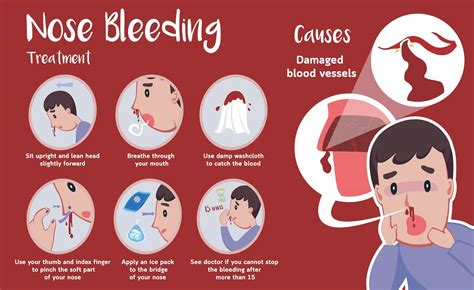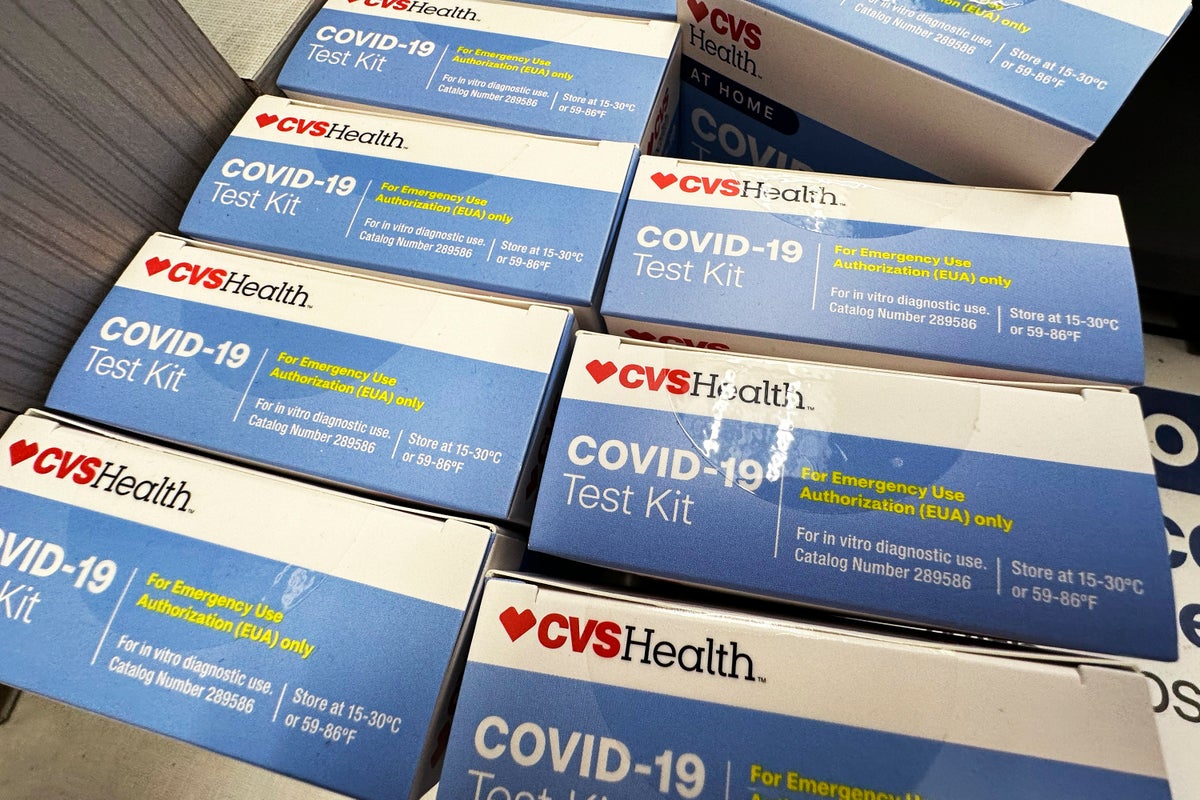Nose bleeds, also known as epistaxis, are a common occurrence in children, often causing concern and panic among parents. However, in most cases, they are not a cause for alarm and can be easily managed with some basic first aid and precautions. To understand how to deal with nose bleeds in kids, it’s essential to know the reasons behind them, the different types, and when to seek medical attention.
Why Do Kids Get Nose Bleeds?
There are several reasons why children may experience nose bleeds. Some of the most common causes include:
- Dry Air: Dry air, especially during the winter months, can dry out the nasal membranes, making them more susceptible to bleeding.
- Nose Picking: Kids often have a habit of picking their noses, which can cause irritation and lead to bleeding.
- Cold and Allergies: Children with colds or allergies may experience nasal congestion, leading to increased blood flow and potential bleeding.
- Injury: A blow to the nose or face can cause a nose bleed.
- Infections: Respiratory infections, such as sinusitis or rhinitis, can cause inflammation and bleeding in the nasal passages.
- Anatomical Issues: In some cases, children may have anatomical issues, such as a deviated septum or nasal polyps, which can increase the risk of nose bleeds.
Types of Nose Bleeds
There are two types of nose bleeds: anterior and posterior.
- Anterior Nose Bleeds: These occur in the front part of the nose and are the most common type. They are usually caused by dry air, nose picking, or minor injuries.
- Posterior Nose Bleeds: These occur in the back part of the nose and are less common. They are often caused by more serious conditions, such as high blood pressure, bleeding disorders, or tumors.
How to Stop a Nose Bleed in a Child
If your child experiences a nose bleed, follow these steps to help stop the bleeding:
- Remain Calm: It’s essential to remain calm and reassure your child that everything will be okay.
- Sit Upright: Have your child sit up straight and lean forward to prevent blood from flowing down the back of the throat.
- Pinch the Nose: Gently pinch the soft part of the nose shut for 5-10 minutes to apply pressure to the bleeding area.
- Apply Cold Compress: Apply a cold compress or an ice pack to the bridge of the nose to help constrict the blood vessels.
- Avoid Tilting: Avoid tilting your child’s head back, as this can cause the blood to flow down the back of the throat and potentially lead to swallowing or choking.
When to Seek Medical Attention
While most nose bleeds in children are not a cause for concern, there are some instances where medical attention is necessary:
- Severe Bleeding: If the bleeding is heavy, persistent, or doesn’t stop after 10-15 minutes of pressure.
- Frequent Nose Bleeds: If your child experiences frequent or recurrent nose bleeds.
- Difficulty Breathing: If your child has difficulty breathing or is experiencing shortness of breath.
- Swallowing Blood: If your child is swallowing blood or vomiting blood.
- Head Injury: If the nose bleed is caused by a head injury or trauma.
It's essential to note that if your child is experiencing any of the above symptoms or if you're unsure about the severity of the nose bleed, it's always best to err on the side of caution and seek medical attention.
Preventing Nose Bleeds in Kids
While it’s not possible to completely prevent nose bleeds in children, there are some steps you can take to reduce the risk:
- Keep the Nasal Passages Moist: Use a humidifier to add moisture to the air, especially during the winter months.
- Avoid Nose Picking: Teach your child to avoid picking their nose, as this can cause irritation and lead to bleeding.
- Use Saline Nasal Sprays: Use saline nasal sprays to keep the nasal passages moist and clean.
- Avoid Allergens: If your child has allergies, take steps to avoid exposure to allergens, such as dust, pollen, or pet dander.
What are the most common causes of nose bleeds in children?
+The most common causes of nose bleeds in children include dry air, nose picking, cold and allergies, injury, infections, and anatomical issues.
How can I prevent nose bleeds in my child?
+To prevent nose bleeds in your child, keep the nasal passages moist, avoid nose picking, use saline nasal sprays, and avoid allergens.
When should I seek medical attention for a nose bleed in my child?
+Seek medical attention if the bleeding is severe, frequent, or doesn't stop after 10-15 minutes of pressure, or if your child is experiencing difficulty breathing, swallowing blood, or vomiting blood.
In conclusion, nose bleeds in kids are a common occurrence, but with the right knowledge and precautions, parents can help manage and prevent them. By understanding the causes, types, and treatment options, parents can provide their children with the necessary care and attention to ensure their overall health and well-being.



